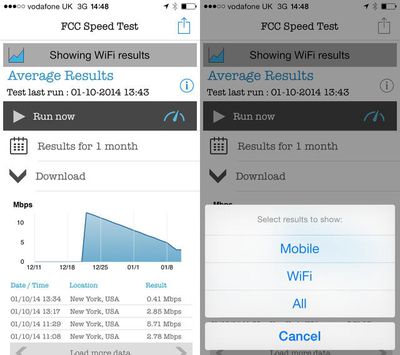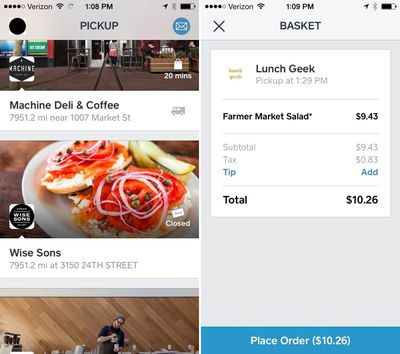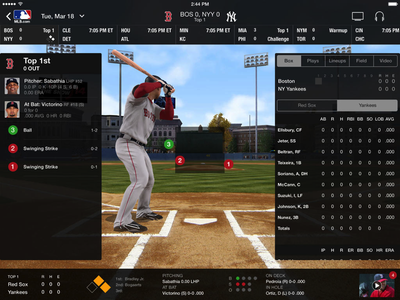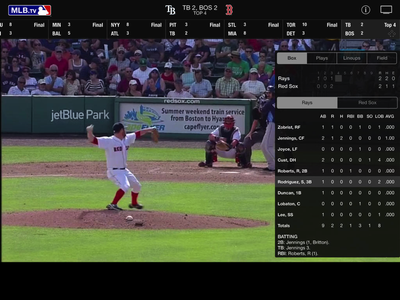 A Bitcoin-stealing trojan has been detected in downloads claiming to be cracked versions of popular Mac applications, reports security firm ESET through its We Live Security blog. The OSX/CoinThief.A malware was discovered in popular Bitcoin software earlier this month by SecureMac, but is now being used to target users of more mainstream apps.
A Bitcoin-stealing trojan has been detected in downloads claiming to be cracked versions of popular Mac applications, reports security firm ESET through its We Live Security blog. The OSX/CoinThief.A malware was discovered in popular Bitcoin software earlier this month by SecureMac, but is now being used to target users of more mainstream apps.
The trojan initially surfaced on open source software hosting site GitHub, and it was quickly bundled into several Bitcoin apps available through multiple download sites. Further investigation by ESET has now uncovered the trojan masquerading as cracked versions of popular Mac apps such as BBEdit, Pixelmator, Angry Birds, and Delicious Library.
OSX/CoinThief.A involves a malicious browser add-on used to intercept logins for Bitcoin wallet sites and related exchanges such as MtGox, BTC-e, and blockchain.info. Stolen login credentials are then forwarded to the malware's developer.
There is clearly strong evidence that the trojan was specifically designed to profit from the current Bitcoin craze and fluctuating exchange rates.
According to detection statistics gathered by the ESET LiveGrid, the threat is mostly active amongst Mac users based in the United States.
The websites where these files are being distributed from have not been revealed, but Mac owners can prevent infection by avoiding pirated software and downloading titles directly from the developer's website or the Mac App Store. Users can find instructions on how to check for and remove the malware on SecureMac's blog post.


 Apple and Google
Apple and Google 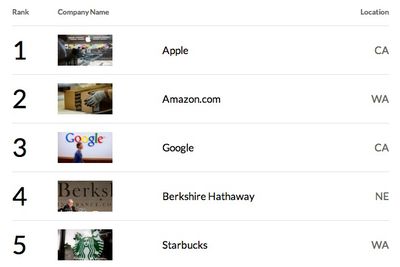



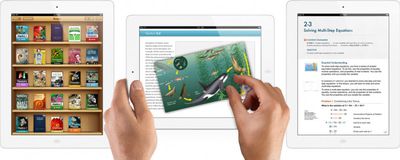
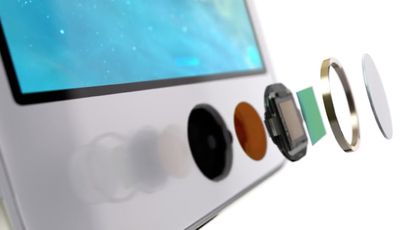
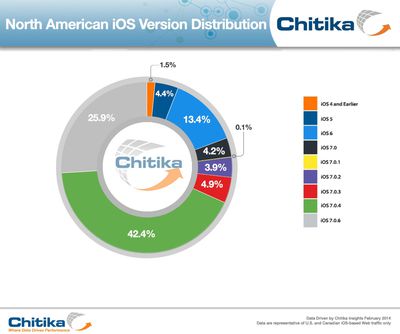
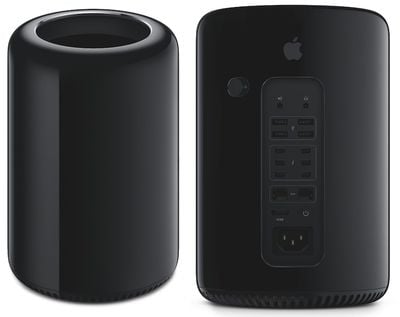
 Apple today released a minor update to its iTunes software, fixing an issue that could cause iTunes to quit unexpectedly when a device is connected. The update also improves compatibility with iBooks for Mac on OS X Mavericks.
Apple today released a minor update to its iTunes software, fixing an issue that could cause iTunes to quit unexpectedly when a device is connected. The update also improves compatibility with iBooks for Mac on OS X Mavericks. Director David Fincher is
Director David Fincher is 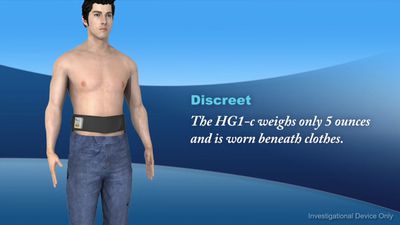

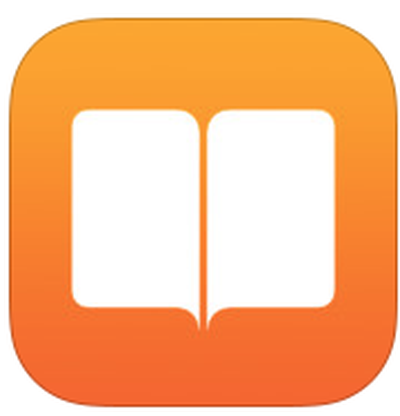 Apple filed a formal appeal on Tuesday asking the U.S. Circuit Court of Appeals to overturn the
Apple filed a formal appeal on Tuesday asking the U.S. Circuit Court of Appeals to overturn the 